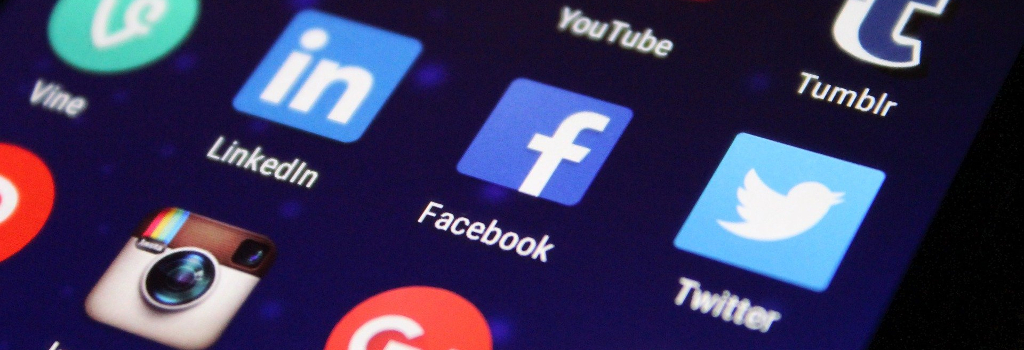
Where Twitter and Facebook are today routinely used by Hollywood celebrities, politicians and activists to call out rivals and engage in ‘cancel culture’, this is in marked contrast to B2B social activities. B2B social media used across Twitter, LinkedIn and even Facebook has become a powerful tool for good, stayed true to its past and is now seen as a necessity rather than a luxury – as discussed in some of our previous blogs.
As far back as 2010, we were blogging about the power of social media. Here’s a reprise of two blogs – one written in 2013 and one in 2016:
Whatever your B2B social media marketing goals – connecting with influencers, driving traffic or grabbing some brand awareness – you need to make sure you are sharing the right kind of content. A common preconception is that B2B social media is just a free platform for self-promotion. B2B marketeers must forsake this notion and view social media as a platform for positive engagement with an audience or community – an ongoing conversation.
To share or not to share
Fortunately, there are many ways to keep sharing on social media that can foster engagements without triggering people’s subconscious ad-blocker and position your company as a useful contributor and voice in your industry.
- Stay relevant
Tap into the wider topics and currents in the industry that will resonate with your target audience. Why not share some genuine thought leadership exploring some of the industry’s hottest topics? Sharing a well-placed magazine article adds that valuable 3rd party endorsement.
You could always highlight the latest findings from surveys and analyst reports which align with your message, or start a conversation on LinkedIn about the changes in your market. Remember, you’re not playing the role of a salesperson!
- Share some #TopTips
You’re the experts, so share a little of that knowledge with your prospects online. Not only does this make their lives easier but it starts to position you as the go-to resource in your field. Video guides, how-to blogs and top tips are great ways to demonstrate how you can provide value to your audience, and ultimately your sales prospects.
- Show what else your company is doing
Step away from the product page! Instead think about whether your company is engaging with the community in any way. Is it getting involved in charities or the local community? Are any of your colleagues? It’s not a bad idea to show your human side once in a while.
- Respond and re-tweet
It’s not all one-way traffic, and just as you like it when your posts get noticed, others do too. You should be following the key players and personae anyway, so keep an eye out for posts you can comment on. Don’t just flood people’s news feeds with re-tweets and fatuous posts – try and add value to the conversation with additional insights and perspectives.
Time to take it vertical?
These actions can be particularly useful in vertical markets and more niche areas of business. Every business has target vertical markets – but how many truly dominate their markets online? Being dominant across social media is now a top priority for most businesses aiming to drive new leads and sales, yet few are managing to achieve it. Twitter and LinkedIn provide a perfect way to engage with these audiences – smaller groups of clientèle who are particularly interested in a particular service or product, or how this may apply to a specific industry.
So how does social media affect niche markets?
Sharing relevant content and information via social media is the ideal means by which to interact and develop relationships with a target market made up of individuals and businesses who are interested in what you as a business are selling and offering. It is often easier to identify prospects and clients on social networking sites rather than through ‘traditional’ methods, making it much easier to communicate with them directly.
Engagement is the key – be seen and heard
Keeping up to date with market trends and topics is important. But the real power of social media lies with the ability to interact, comment and respond directly to developments and conversations with prospects and customers that are defined by their interest in your specific market. This gives your business a voice and the opportunity to be seen as well as heard by your prospects.
Back to the present – if social networking channels are managed correctly, a business will be able to use them to enhance its brand awareness press and public relations campaign and to establish itself as an authority and thought leader in their target markets, driving more traffic to their homepage and making their online presence known.
Done correctly, B2B social media can be far more powerful than the current ‘consumer’ face of many of these platforms.
Simon Woolley is Account Manager at IBA International.

Leave a comment